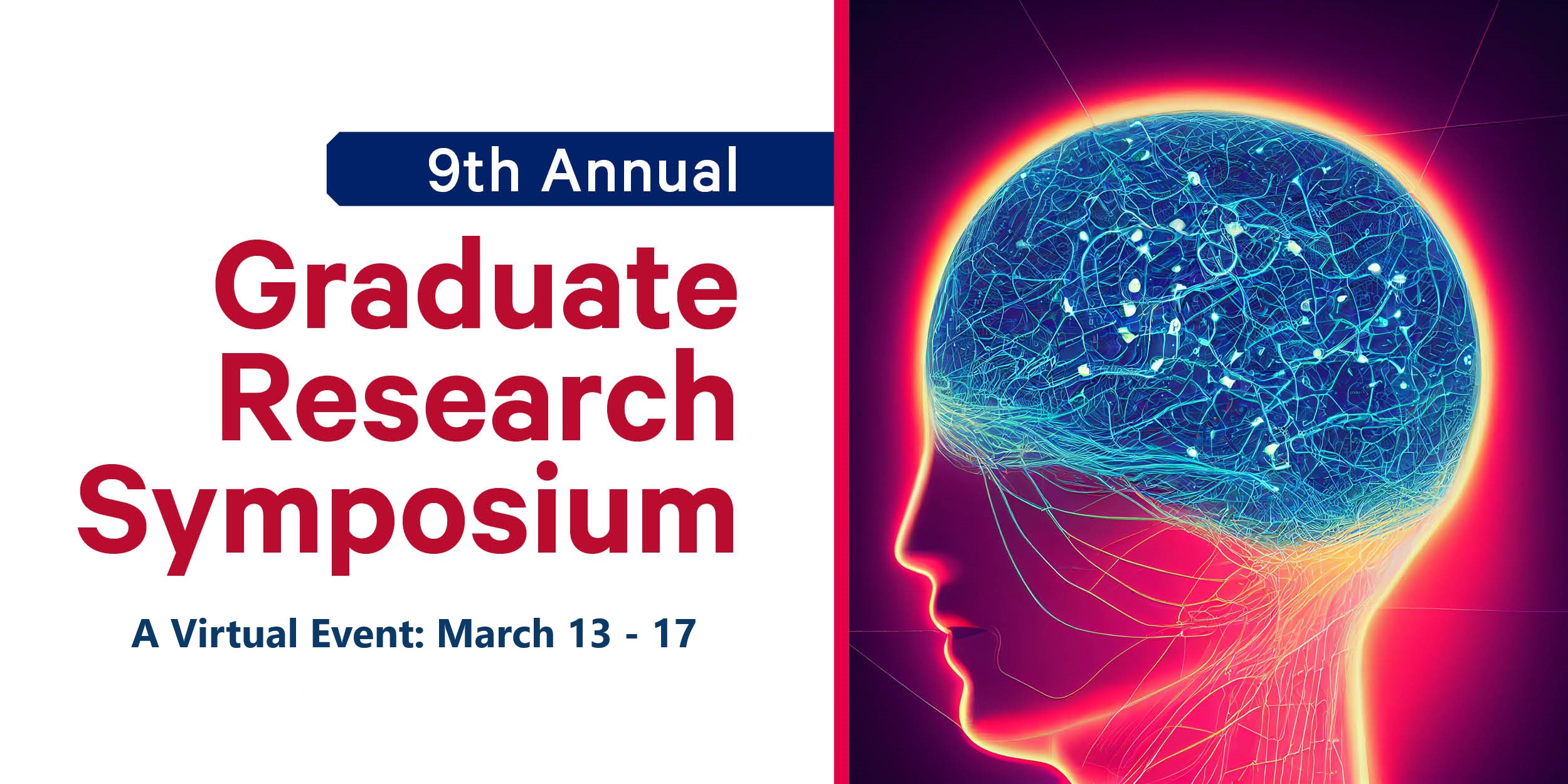Presenter Information
John Henry Fahey Reilly
Department of Philosophy, McAnulty College of Liberal Arts
Abstract
This paper endeavors to provide a novel way of understanding Dyslexia through the phenomenology of Edmund Husserl. Dyslexia is currently defined as a neurodevelopmental disorder. It is “a specific and persistent learning disability affecting the acquisition and development of the written language code (reading and spelling) and causing significant handicap to academic achievement and/or activities of daily life.” This medicalized definition has several conceptual problems and does not commensurate with the lived experience of Dyslexic people.
Dyslexia is therefore defined by negation—it is defined through what it is not. This paper utilizes Husserlian phenomenology to work toward a definition of what Dyslexia is. Phenomenology helps illuminate a collection of attributes of Dyslexia and enables us to conceptualize it as something more than a disability which must be fixed and remediated.
Lanei Rodemeyer’s work explicates Husserl’s analysis of embodiment on 5 distinct but interconnected levels: Hyletic Flow, Passive Synthesis, Active Synthesis, Intersubjectivity-1, and Intersubjectivity-2. This paper analyzes Dyslexia at the first 3 levels, focusing on Active Constitution. Several studies have demonstrated that Dyslexics have stronger peripheral vision and weaker focal vision compared to controls. With a “peripheral bias,” a Dyslexic experiences raw Hyletic sense-data differently than a neurotypical person. This leads to differences on the level of Passive Syntheses, namely a comparative difference in orthoaesthetic, motivated sensations, associations, and affectivity. On the level of Active Synthesis, Dyslexics can consequently conduct categorial syntheses through the faculty of Phantasy, i.e. Dyslexics can think visually rather than linguistically, a phenomenon widely reported by Dyslexics.
School
McAnulty College and Graduate School of Liberal Arts
Advisor
Lanei Rodemeyer
Submission Type
Paper
Publication Date
March 2023
Included in
Peripheral Minds: An Abridged Phenomenological Analysis of Dyslexia
This paper endeavors to provide a novel way of understanding Dyslexia through the phenomenology of Edmund Husserl. Dyslexia is currently defined as a neurodevelopmental disorder. It is “a specific and persistent learning disability affecting the acquisition and development of the written language code (reading and spelling) and causing significant handicap to academic achievement and/or activities of daily life.” This medicalized definition has several conceptual problems and does not commensurate with the lived experience of Dyslexic people.
Dyslexia is therefore defined by negation—it is defined through what it is not. This paper utilizes Husserlian phenomenology to work toward a definition of what Dyslexia is. Phenomenology helps illuminate a collection of attributes of Dyslexia and enables us to conceptualize it as something more than a disability which must be fixed and remediated.
Lanei Rodemeyer’s work explicates Husserl’s analysis of embodiment on 5 distinct but interconnected levels: Hyletic Flow, Passive Synthesis, Active Synthesis, Intersubjectivity-1, and Intersubjectivity-2. This paper analyzes Dyslexia at the first 3 levels, focusing on Active Constitution. Several studies have demonstrated that Dyslexics have stronger peripheral vision and weaker focal vision compared to controls. With a “peripheral bias,” a Dyslexic experiences raw Hyletic sense-data differently than a neurotypical person. This leads to differences on the level of Passive Syntheses, namely a comparative difference in orthoaesthetic, motivated sensations, associations, and affectivity. On the level of Active Synthesis, Dyslexics can consequently conduct categorial syntheses through the faculty of Phantasy, i.e. Dyslexics can think visually rather than linguistically, a phenomenon widely reported by Dyslexics.

